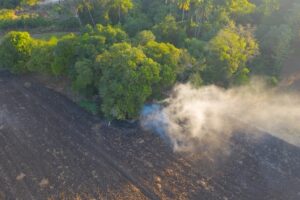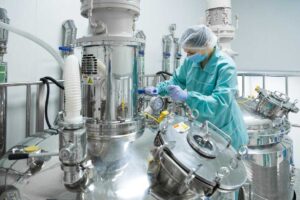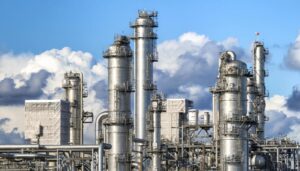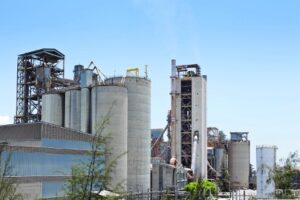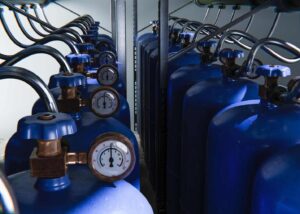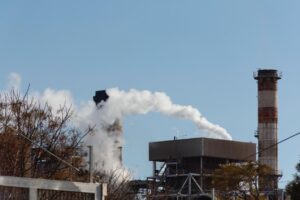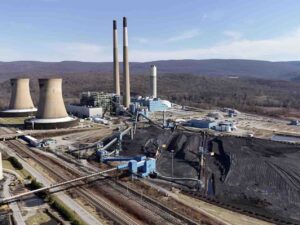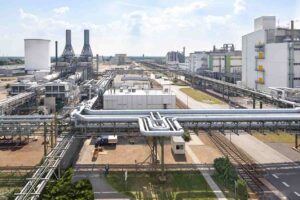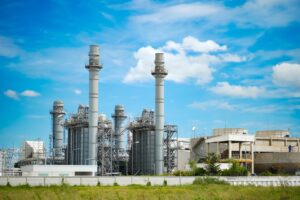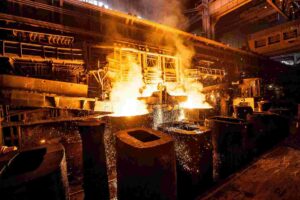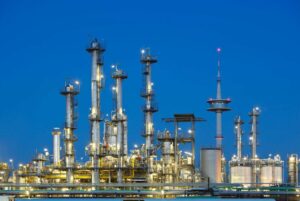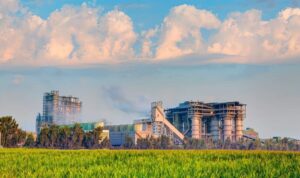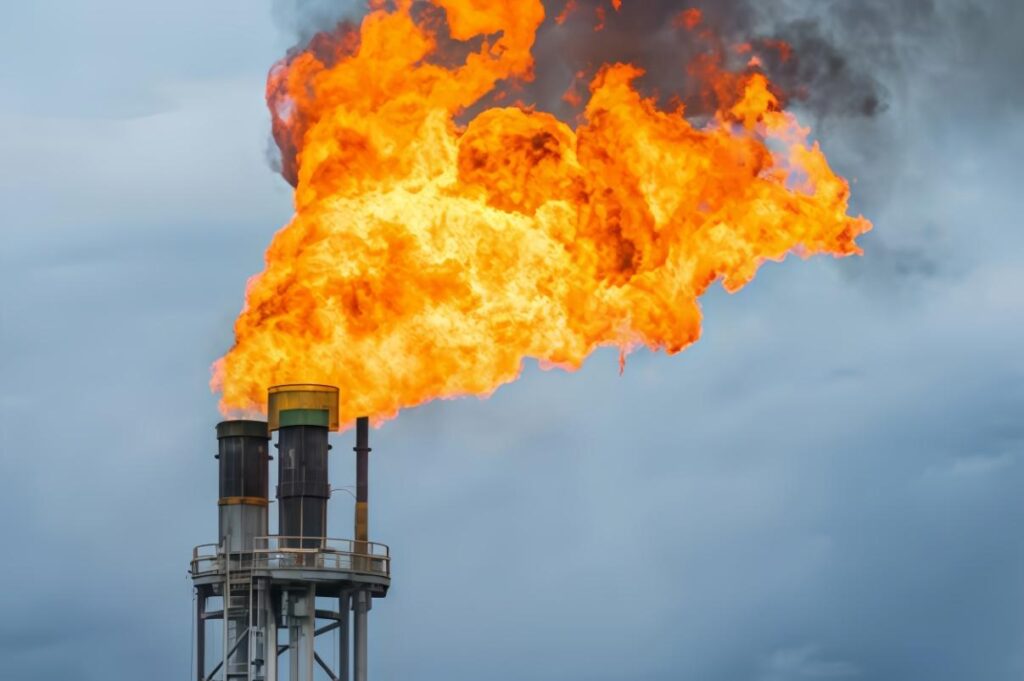
In industrial settings, flare stacks are essential for safely combusting excess gases. However, without precise monitoring, they can become sources of inefficiency and environmental concern. Accurate measurement of carbon dioxide (CO₂) and carbon monoxide (CO) emissions is crucial for optimizing combustion processes and ensuring compliance with environmental regulations.
Non-Dispersive Infrared (NDIR) technology offers a reliable solution for this challenge. By detecting specific infrared wavelengths absorbed by CO₂ and CO molecules, NDIR-based process gas analyzer provides real-time, accurate gas concentration data. This information enables operators to fine-tune combustion parameters, enhancing efficiency and reducing harmful emissions.
What Makes CO₂ and CO Monitoring in Flare Stacks Vital?

Flare stacks are vital safety components in industrial facilities, designed to safely burn off excess hydrocarbons and protecting equipment from overpressure. Yet beyond this safety role, they influence overall process efficiency and environmental footprint. Today’s operators demand precise insights into what they burn, why they burn it, and how to burn it cleaner. Real-time gas data not only guides combustion tuning but also ensures compliance with tightening emission regulations. In short, flare stack monitoring drives cost savings, operational reliability, and corporate responsibility in equal measure.
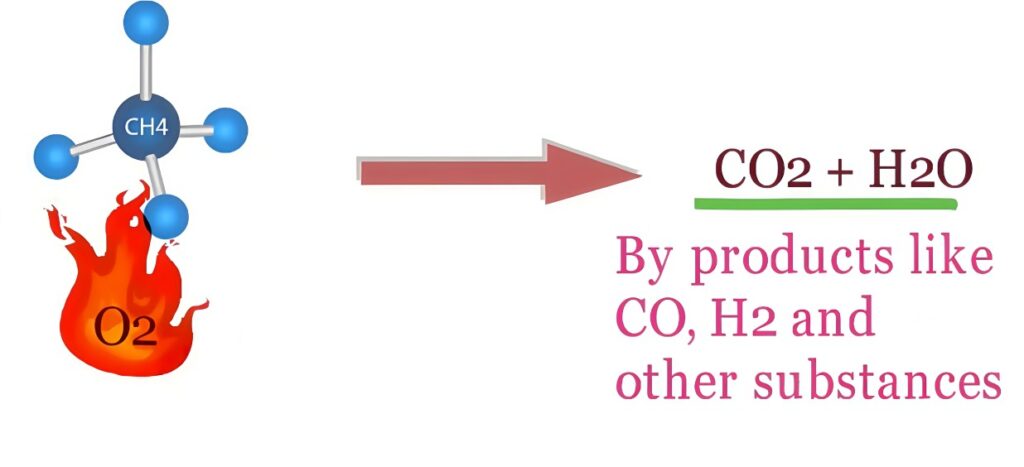
However, the combustion process emits pollutants, notably carbon dioxide (CO₂) and carbon monoxide (CO), which have significant environmental impacts. Monitoring CO₂ and CO emissions in flare stacks presents several challenges:
- Variable Gas Composition: Flare gas composition can fluctuate due to changes in production processes, equipment malfunctions, or emergency shutdowns. This variability affects the accuracy of emission measurements.
- Harsh Operating Conditions: Flare stacks operate under extreme temperatures and pressures, which can impair the performance of conventional gas analyzers.
- Low Flow Rates: During normal operations, flare gas flow rates can be minimal, making it difficult for some measurement technologies to detect and quantify emissions accurately.
In combination, these factors can render many conventional techniques inaccurate or unreliable. Therefore, industries urgently need durable, selective analyzers capable of thriving in harsh, variable environments—and delivering the actionable data today’s complex processes demand.
Why Is Process Gas Analyzer Ideal for Flare Stack Applications?
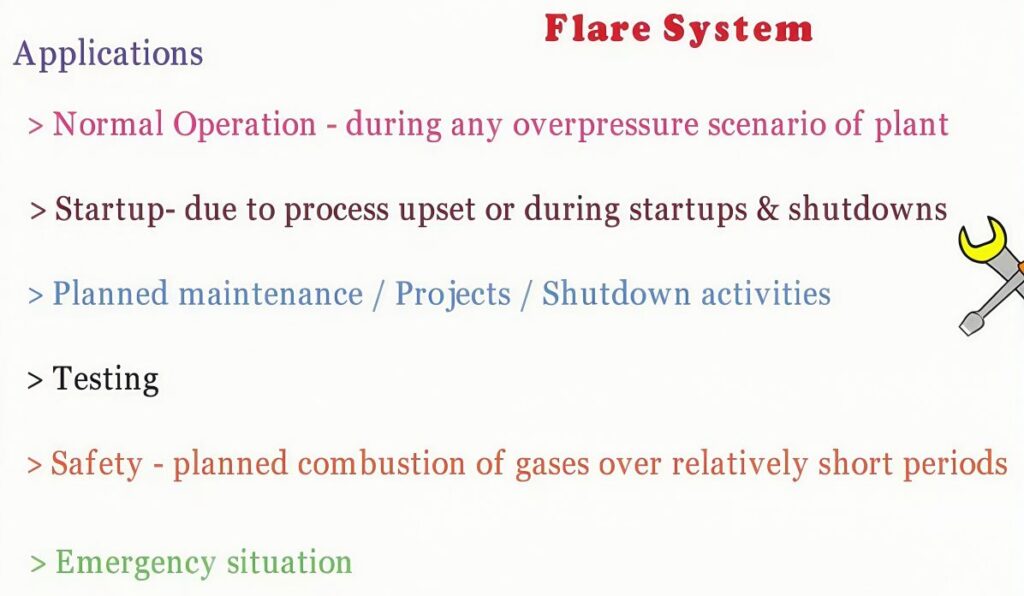
Flare stacks operate in some of the most demanding industrial environments, characterized by extreme temperatures, variable gas compositions, and continuous operation. The Non-Dispersive Infrared (NDIR) process gas analyzer, like ESEGAS’s IR-GAS series, offers several advantages that make them well-suited for these applications.
1. Selective Absorption for Precise Detection
NDIR technology leverages the principle that gas molecules absorb infrared light at specific wavelengths unique to each gas. By targeting these wavelengths, NDIR process gas analyzer can accurately quantify gases like CO₂ and CO, even in complex mixtures. This selectivity minimizes cross-sensitivity and ensures precise measurements essential for controlling combustion efficiency and reducing emissions.
2. Robust Performance in Harsh Conditions
Flare stacks present challenging conditions, including high temperatures and humidity levels. NDIR process gas analyzer is designed to withstand these environments. For instance, the IR-GAS series features temperature-controlled or temperature-compensated sensors, ensuring stable operation and accurate readings despite environmental fluctuations.
3. Low Maintenance and Long Operational Lifespan
NDIR process gas analyzer has no moving parts, reducing the risk of mechanical failure and the need for frequent maintenance. Their design allows for extended periods between calibrations, minimizing downtime and operational costs. This reliability is particularly beneficial in continuous monitoring scenarios typical of flare stack operations.
4. Real-Time Continuous Monitoring
The ability to provide continuous, real-time data is a significant advantage of NDIR process gas analyzers. Operators can monitor gas concentrations instantaneously, allowing for prompt adjustments to maintain optimal combustion conditions. This real-time insight is vital for ensuring safety, efficiency, and regulatory compliance.
The specific advantages of NDIR-based process gas analyzer—selective absorption, robustness, low maintenance, and real-time monitoring—make them particularly effective for flare stack applications.
How Can You Effectively Implement Process Gas Analyzer in Flare Stack Operations?
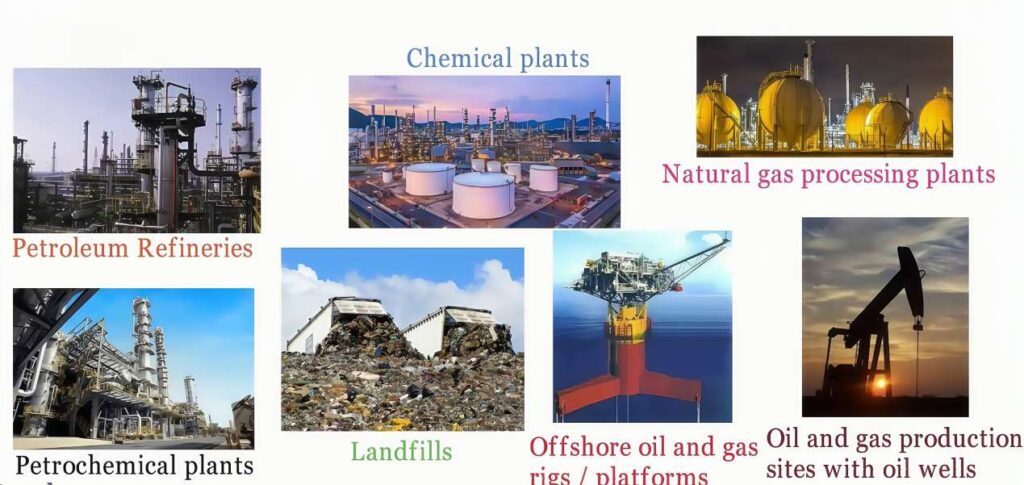
Integrating process gas analyzer into flare stack systems is a strategic move toward enhanced process efficiency and regulatory compliance. However, successful implementation requires careful consideration of installation, data utilization, and adherence to environmental standards.
–Strategic Installation for Accurate Sampling
Proper placement of process gas analyzer is crucial. Positioning the sampling probe in areas with representative gas flow ensures accurate readings. Avoiding locations with turbulent or stagnant gas pockets prevents skewed data. Additionally, integrating the analyzer with existing control systems facilitates seamless data flow, enabling real-time monitoring and adjustments.
–Leveraging Real-Time Data for Process Optimization
Process gas analyzers provide continuous, real-time data on gas compositions, including CO₂ and CO levels. This information allows operators to make immediate adjustments to combustion processes, optimizing efficiency and reducing emissions. Furthermore, analyzing emission trends over time supports predictive maintenance scheduling, minimizing unexpected downtime and extending equipment lifespan.
–Ensuring Compliance and Facilitating Reporting
Accurate emission data is essential for meeting environmental regulations. Process gas analyzer offers precise measurements that support compliance with standards set by agencies like the EPA. The data collected can be used to generate detailed reports, demonstrating adherence to emission limits and facilitating transparent communication with regulatory bodies.
Incorporating process gas analyzer into flare stack operations, industries can achieve significant improvements in operational efficiency and environmental performance.
Conclusion
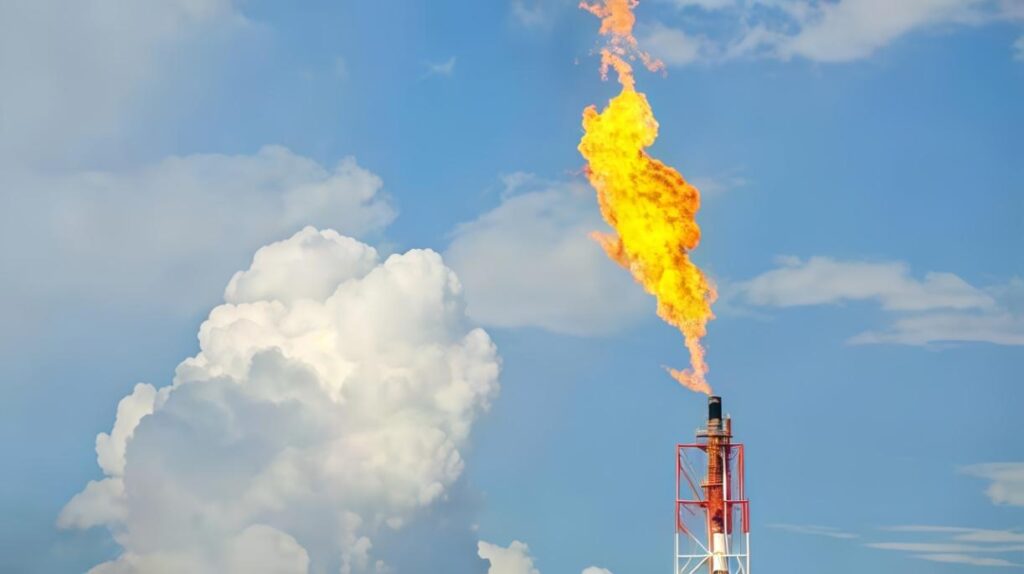
Accurate measurement of carbon dioxide (CO₂) and carbon monoxide (CO) emissions from flare stacks is crucial for optimizing industrial processes and ensuring environmental compliance. Non-Dispersive Infrared (NDIR) process gas analyzers have emerged as reliable tools in this domain, offering precise detection even under challenging conditions.
If you want to know more details, contact with us please!




